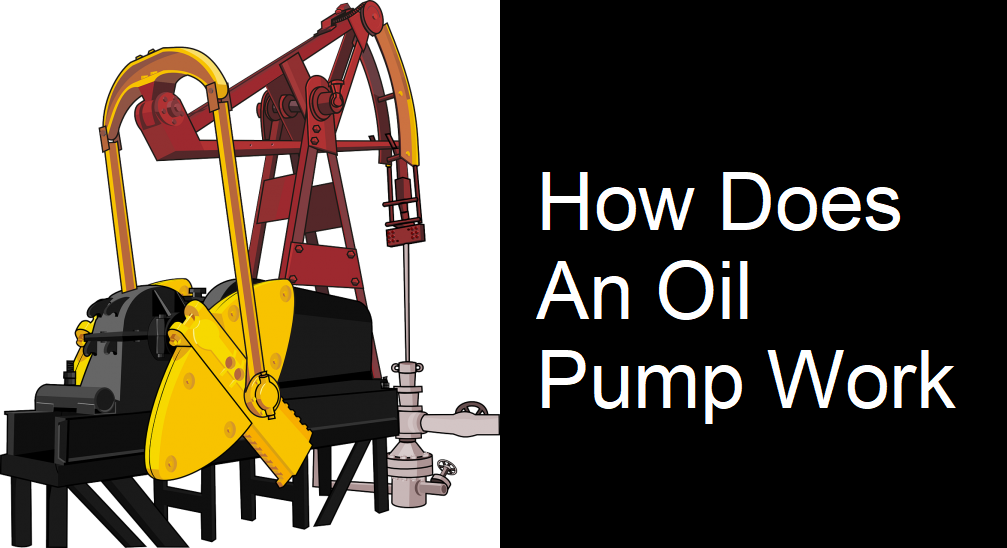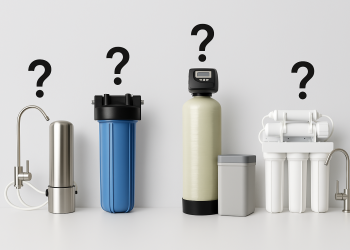Table of Contents
You may be surprised to know an oil pump can enhance the health and performance of the engine of your vehicle. In this case, what you have to do is to hold down unperturbed oil pressure in the motor. So, you have to go to keep lubricant moves every single component.
Also, you should do it with cleft and system manufactured into the unit. So, you need the right oil pump, which can produce the right pounds PSI of oil pressure.

It is the heart of an engine, and it will surely assure that the flow of the lubricant moves continuously. So you must be wondering how it does this. Let’s see in detail.
Oil Pressure Isn’t Constant
If your car has an exact oil pump measurement that can track the real pressure, you will observe while driving that the quantity of engine’s pressure changes.
An engine runs with the high-speed need much pressure than a sloth one for lubricating its ongoing components. In general, all 1000 rpm requires 10 PSI of trouble, though this quantity can change with high-speed engines.
The oil pressure and engine speed are correlated with the design of the oil pump itself. They attach the device to the engine’s crankshaft. One of the functions of engine speed is to generate pressure. For detailed information, read this LS oil pump post.
Each Design Is Different
Almost all engines move a damp sump oiling component. That’s mean the base of the rotating element of the engine undergoes the oil tank and also emit lubricant to the cylinder while spinning. The function of the oil pump is to supply oil to the peak of the motor.
There is various model of pump. But the central part is the gear or rotor at each center, which pressurizes the oil through force in opposition to the housing. Nowadays, a rotor, especially the eccentric rotor model, is more popular than gear pumps.
The recent vehicles have manufactured with two rotors that contain additional lobes at one part than others. Another model that put on sliding fans on the rotor and also the dry-sump oiling techniques that eradicate the oil tank and depends on the oil pump.
Each distinctive pump supplies oil with the help of the oil filter of the engine and takes it by the motor to the peak. In that place, it weeps remise into the oil tank. The pressure valves the underserved to maintain the proper PSI.
If the oil passes over a particular PSI, then it could harm inner components. In brief, you will see there is various pump design available in modern vehicles. Still, the oil pump is an essential component for maintaining a healthy and adequately functional engine.
What Causes Oil Pump Failure?
The use of the oil pump is to pump and keep pressuring the oil. It makes sure that oil keeps running and streaming throughout all components of the engine while operating. An oil pump that does not work correctly can severely damage the engine.
Normal wear is the cause of the failure of the oil pump. As a result, it loses its potential gradually to operate at an optimal level. If a vehicle doesn’t get oil often, then a lot of sludge will develop in the engine oil and can cause failure.
Driving with a low layer of engine oil can increase the friction of the oil pump and eventually, the inability of your oil pump. Oil contamination damages the oil pump severely.
What Is The Function Of The Oil Pump?
Every car uses pressurized lubrication techniques in the engine. The oil sump reserve the engine oil. At the time of starting the engine, crankshaft power boosts the oil pump to run. The oil pump and engine crankshaft are interconnected.
When the engine is moving, it requires lubrication into the running components. As the oil has reserved at the base part of the engine, there needs an oil pump for lubricating the engine from bottom to peak. The revolving fan model oil pump has used in the IC engine.
The revolving fan inhales the oil from the pump and supplies pressurized fuel into the flow line to deliver it to the moving components of the engine. The oil flow decreases the heat generates in the engine and control the system.
The Bottom Line
To keep its gearbox lubricating, an ideal oil pump uses the gearbox. But, it’s not the same for the different models of pumps. Indeed, the old gearboxes come with all their immersed gears in their gear oil.
As a result, this feature keeps the gearbox lubricated and cool even if they have manual transmissions. However, the new pumps use gear oil to distribute the oil that has pooled at the base of the gearbox. Thus, an oil pump works throughout the entire engine.







